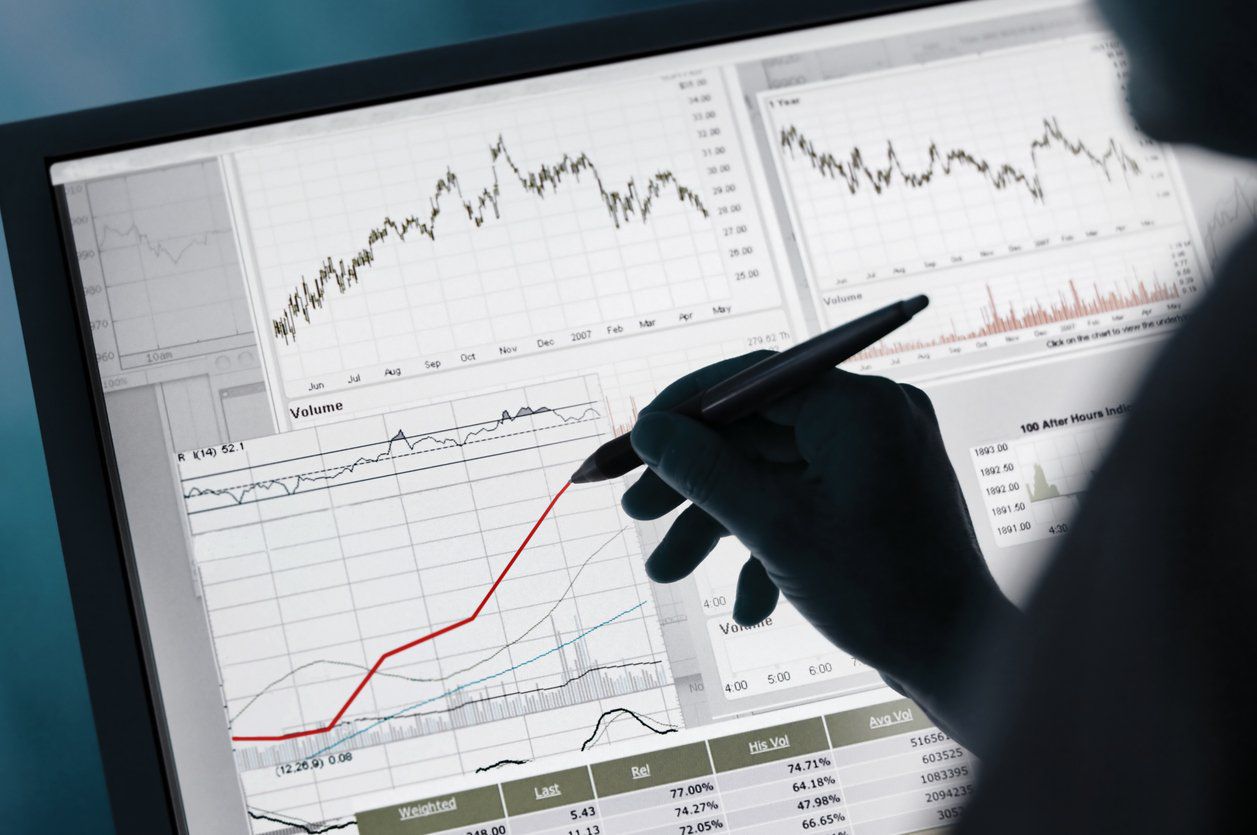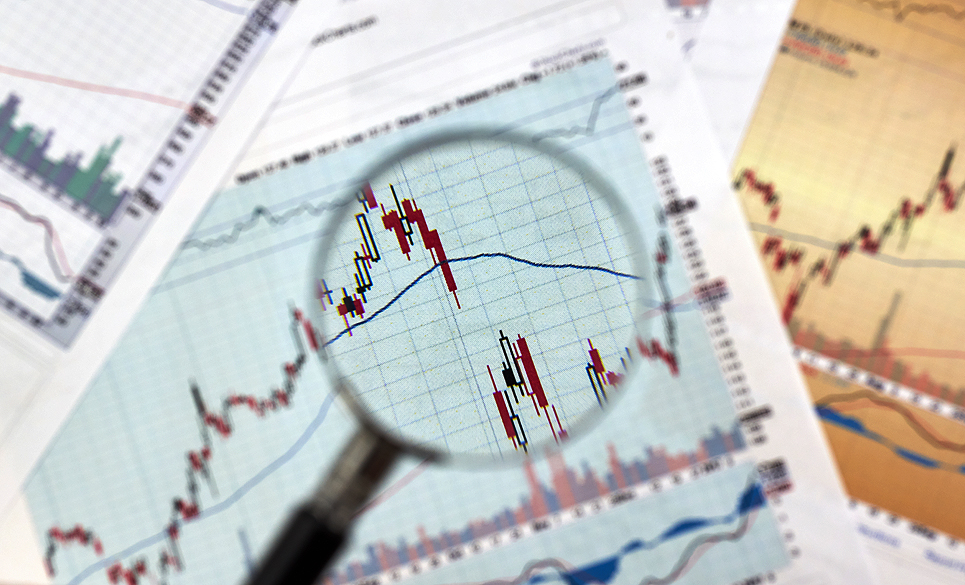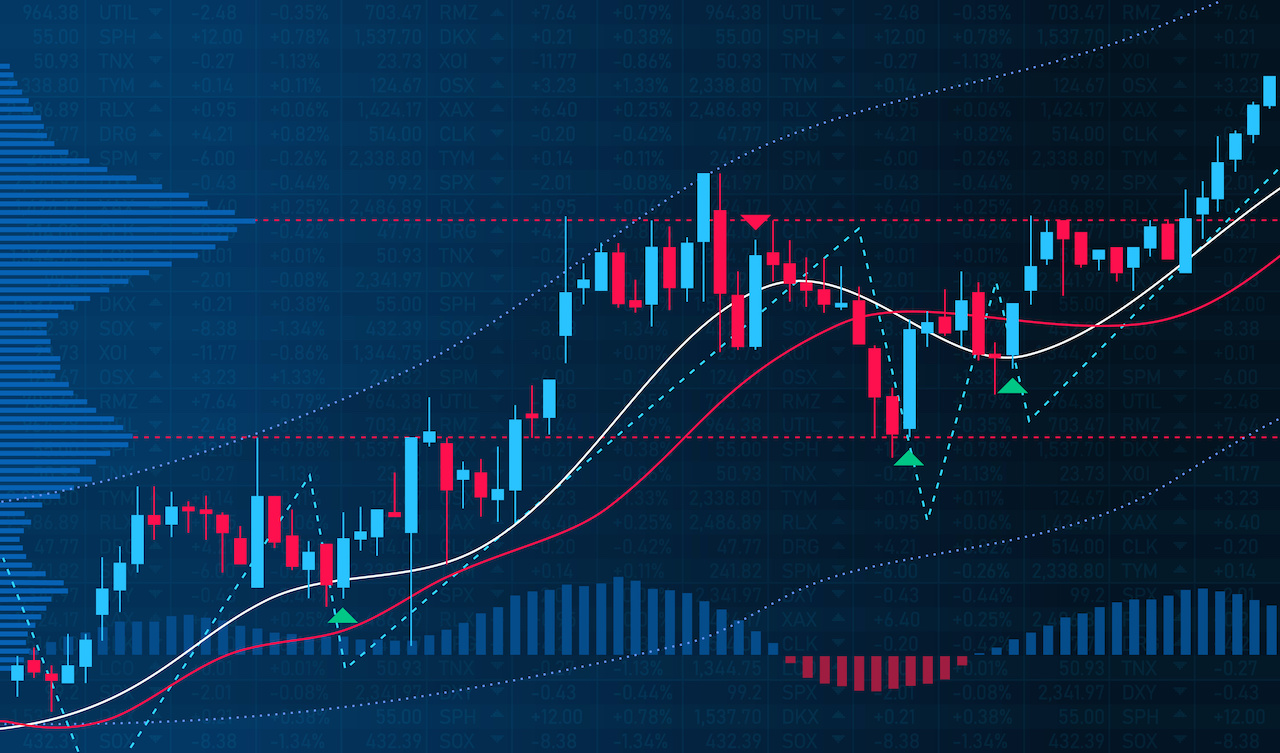Let’s first look at an example of day trading. The market opens at 9:30 a.m. When you opt for this way, you purchase some kind of stock at around 10:20 a.m. Then you do some work in between there and you close out everything by 3:00 p.m. This means that you’re done trading or you own zero shares after your trading at 3:00 p.m.
You own nothing anymore. You bought some, you might have sold some, bought some more, and by three o’clock you’ve sold it all. You’re basically working on the day’s gain or the day’s losses, depending on if you’re going short or long. In day trading, everything you do is done within that one day. Sure, we can see the idea behind this method, and we understand why it is so popular. A vast majority of people want a nine to five job.
We are talking about a pretty straightforward approach, and there is not much than that you should think about. We can see that many people who are interested in this field of work find some comfort in this approach. But that doesn’t mean that this is the only one. Also, that doesn’t mean that this is the most effective one. There are many other ways you can go from this point and you should definitely opt according to your needs.

One of the advantages of day trading is there’s no risk behind holding positions overnight or for multiple days. For example, when some news about the company comes out or a natural disaster or something else occurs that might influence people’s investment behaviors. You can see why many people who participate in the market have chosen this approach instead of some other ones. When you know all the crucial points of these, making a decision is much easier, right?
With swing trading, you do have that risk because swing trading occurs across multiple days. When we say that, it means that it can go as far as one week. For example, on day one you might purchase some shares. On day two, you might sell a little bit. On day 10, you might add more to it and purchase some more stock. Then, on day 50, you might close out all your positions. It provides you with an opportunity to perceive some occurrences on the market, you can act accordingly.
Plus, you would need to follow all the trends that are published in some credible magazines and websites. Only by doing that, you can see what are the future movements. Following these carefully will help you reap numerous benefits. When you opt for swing trading, you can act whenever it is needed. Sometimes, the course of your action can span through a couple of days. That’s why a high percentage of people want to try this one out. Once again, it needs to be said that there is nothing wrong with it, but other ways should be considered as well.

But what this allows us time for that stock to climb and grow. Just think about that, you will have more opportunities to invest and sell stocks to maximize your profits even more. Of course, this is not always easy. On some days, there will be almost no movements on the market. So, you will have practically nothing to do. But there is always another day for you to act. With this possibility, you make moves that will affect your decisions in the future.
When the market actually starts to fluctuate, it’ll have peaks and valleys like in day trading, but over a longer period of time. Therefore, the company has more room to grow, which comes as a serious advantage for you. Day trading is quick and dirty, in and out. It’s the supply and demand of that day’s action. It’s looking at charts and doing its thing, which is not bad. But if you opt for swing, you will have many more possibilities.
With swing trading, it’s more about the company. There are many more things you should watch for and it gives you an opportunity to make more money because you get gap ups from multiple days. There are other days or market environments in which you may want to do more day trading because the market is extremely volatile. Maybe you can pick a couple of stocks you want to monitor.

That way, you can follow their ups and downs until you are ready to make a move. Naturally, we wouldn’t recommend you to make a rushed decision. That always leads to making decisions you will regret. To minimize the chances of making these mistakes, you should follow the movements carefully. That way, you can find a gap that needs to be filled.
A great thing about swing trading is that most of the time you do not have to worry about the PDT rule, with other methods that are something that most traders have to deal with. Some people use tricks to get around it, and you can learn those tricks here. But in swing trading, one does not have to worry about it which is great. That surely prevents a lot of headaches that are pretty common in this business, you can be sure of that.
Swing trading is slightly riskier because you’re holding at least part of your position or some of your stocks overnight and that can have an effect the following day. This may be something happening in the news or politics, such as the President coming out and speaking. It could also be earthquakes or other natural disasters. Something might have happened with the company that resulted in negative public opinion like injuries related to one of their products.

Anything can happen and people panic, so your stock might dip. Swing trading does have those risks and in day trading, you avoid those risks. Once the market stops, you’re done and you have no risk beyond that because you have no positions, stocks, contracts, and nothing going on. You either made your money or you took your loss for the day, but you have no risk overnight.
That’s the difference between day trading and swing trading. Swing trading occurs over the course of multiple days, while day trading is just holding things for the day. You can see both the advantages and disadvantages of this approach, and you can see whether it fits your needs and preferences. Make sure to understand all there is to be known before making the final decision about what you should use.







